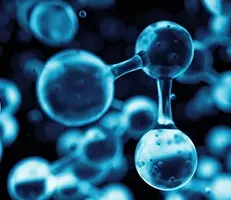- TRT
-
by Bradley Keys
Table of contents
- Decoding the Frequency of HCG Administration in TRT
- The Standard Protocols for HCG Dosing
- Personalized HCG Dosing: Factors to Consider
- Monitoring and Adjusting HCG Dosage
- Injection Techniques and Best Practices
- Integrating HCG into Your Lifestyle
- HCG’s Role in Fertility and Long-term TRT Use
- Navigating Side Effects and Safety Concerns
- Aligning HCG Treatment with Your Health Goals
- Case Studies: Real-world Examples of HCG Schedules
- Summary
- Frequently Asked Questions
If you’re navigating testosterone replacement therapy (TRT), you’ve likely encountered the question of ‘how often to take HCG on TRT’. Determining the right frequency for HCG injections can be crucial for maintaining fertility and testicular function during TRT. This article will guide you through understanding the importance of HCG, factors influencing dosing frequency, and standard protocols to optimize your hormonal health.
Key Takeaways
- The frequency of Human Chorionic Gonadotropin (HCG) administration in Testosterone Replacement Therapy (TRT) must be personalized based on individual responses and unique health factors to avoid side effects and maintain testicular function.
- Standard HCG dosing starts at 350 to 500 IU, two to three times per week, but should be adjusted according to individual factors such as age, baseline testosterone levels, and the duration of TRT, as these can affect required dosages and treatment outcomes.
- Regular monitoring through blood tests is essential to adjust HCG dosing appropriately and manage potential side effects, ensuring that TRT and HCG work in harmony with the individual’s health goals and maintain hormonal balance.
Decoding the Frequency of HCG Administration in TRT
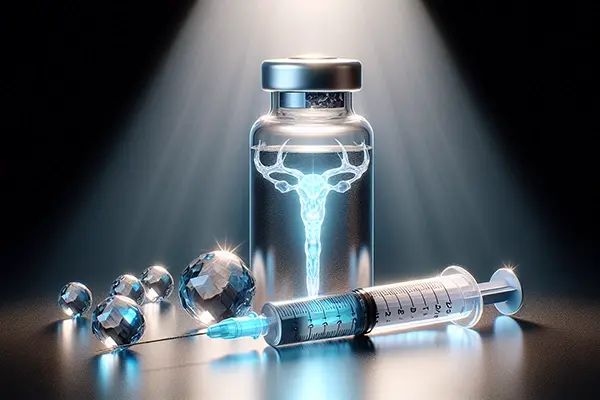
The dance of hormones within your body is a delicate one, and when it comes to TRT, the rhythm can be significantly influenced by how often you administer HCG. But this isn’t a one-size-fits-all routine. The cadence of HCG injections is as unique as a fingerprint, shaped by individual responses to testosterone and even the intricate genetic variances within your DNA,.
Whether you’re combating testosterone-induced gonadotropin suppression or striving to maintain intra testicular testosterone levels, the frequency of your HCG dosage requires a personalized touch.
Understanding HCG’s Role alongside TRT
Human chorionic gonadotropin, or HCG, is the faithful partner to TRT, playing a pivotal role in preventing the side effects that often accompany exogenous testosterone administration, such as the use of transdermal testosterone gel. Acting as a double for luteinizing hormone (LH) and follicle stimulating hormone, HCG ensures the music doesn’t stop for intratesticular testosterone production, keeping testicular size and function in check. Its longer half-life compared to LH means that it can maintain testosterone levels more consistently, providing a steady beat for your body’s hormone symphony. Also known as human chorionic gonadotropic hormone, this essential component is crucial for maintaining balance in the body.
Determining Your HCG Schedule
Finding the perfect HCG schedule is akin to tuning an instrument—too little and the melody falls flat; too much and it overwhelms the harmony. Your body will signal the right tempo through physical changes such as restored testicular fullness and the reversal of testicular shrinkage, typically within a few weeks, leading to the resurgence of sexual drive.
Tailoring the frequency of your HCG injections is essential to hit the right notes and optimize testosterone levels, ensuring your therapy performs at its peak.
The Standard Protocols for HCG Dosing
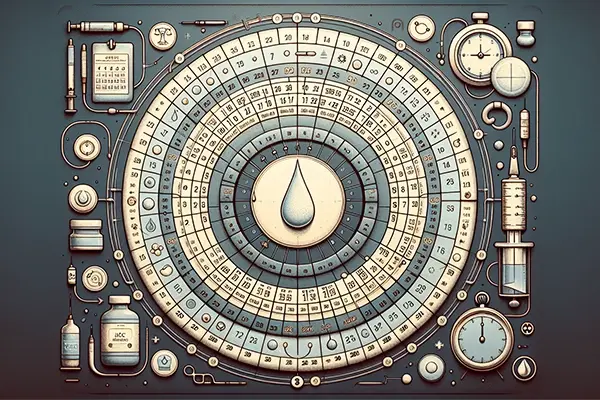
When beginning the HCG and TRT duet, there’s a standard melody that many follow. Typically, the sheet music reads 350 to 500 IU of HCG, administered two to three times per week,. This regularity is the baseline from which you can start composing your own health symphony, ensuring your hormone levels fall within the desired range.
And just like in a well-orchestrated piece, some even opt to combine the HCG dose with their testosterone injections to produce testosterone, creating a harmonious blend of treatments.
Personalized HCG Dosing: Factors to Consider
Each individual’s response to HCG is a verse of its own. As the years add layers to our life’s song, older men and long-term TRT users may find that the HCG chorus needs amplifying through combination therapies. And let’s not overlook those with low baseline testosterone levels who may require a solo of HCG to bolster their body’s testosterone production.
Indeed, some studies suggest that HCG monotherapy can strike a powerful chord in improving testosterone levels for those who aren’t suited for testosterone replacement therapy alone, particularly in cases of low testosterone.
Age and Testosterone Production
As we age, our body’s natural testosterone production may start to wane, requiring a careful retuning of our HCG dosing during TRT. The fertility narrative also evolves with age and the length of prior testosterone treatment, influencing the time needed for sperm recovery when HCG therapy plays its part. Each passing year and additional year of testosterone therapy can slightly diminish the chances of regaining a robust sperm count, shedding light on the importance of age in our HCG dosing composition. It’s crucial to consider the potential risk of testicular atrophy while managing testosterone production and HCG dosing.
Baseline Testosterone Levels and TRT Duration
Just as a musical composition adapts to the key it’s played in, HCG dosing must be adjusted according to the baseline testosterone levels of each individual. Those starting on a lower octave may need to increase the volume of HCG to achieve the desired pitch. And for the long-time players of the TRT symphony, HCG becomes a crucial note to maintain testicular function and prevent the desensitization of the pituitary gland.
Monitoring and Adjusting HCG Dosage
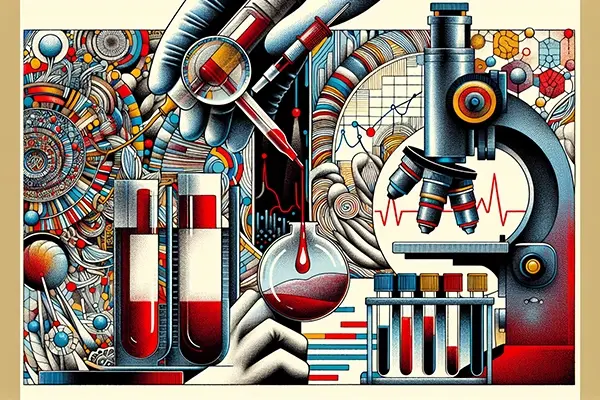
To prevent the discordance of hormone imbalances, regular blood tests are essential for those on TRT, serving as the conductor’s baton guiding the HCG dosage. These tests tune into your body’s feedback, allowing for adjustments in response to any high notes of estradiol or the crescendo of a rising hematocrit level.
Injection Techniques and Best Practices
The technique of HCG administration is as critical as the timing of a drummer’s beat. Perfecting the injection process ensures that HCG is delivered with precision and efficacy,. Whether you’re choosing the soft timbre of the lower abdomen or the resonant Ventrogluteal site, rotating your injection sites plays a vital role in the composition of your therapy,.
Preparing the HCG Vial
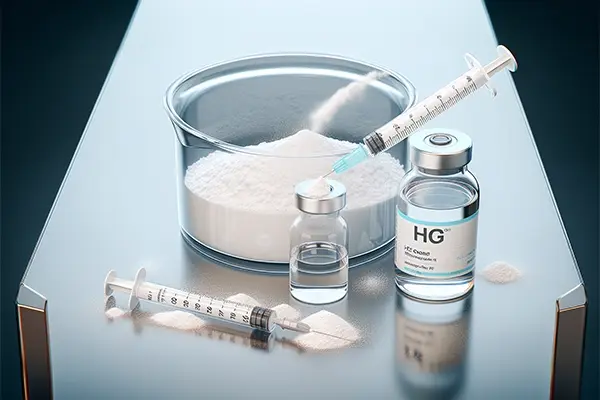
Before the HCG can sing its part in your therapy, it must be carefully prepared. The powder must be mixed with sterile water, not just any water, to create a solution that your body can harmonize with. Drawing up the correct amount of water and gently swirling it into the vial sets the stage for a successful injection.
Selecting the Injection Site
The body is a map of potential stages for HCG’s performance, with each injection site offering a unique acoustic property. The lower abdomen, outer thigh, and upper arm each have their own benefits and should be considered carefully to ensure the most effective delivery of your therapy.
Integrating HCG into Your Lifestyle
The daily rhythm of life doesn’t pause for HCG injections, which means integrating this therapy into your routine is essential. Adherence to prescribed protocols will keep the therapeutic melody in tune, while managing potential side effects ensures the longevity of your treatment’s symphony.
HCG’s Role in Fertility and Long-term TRT Use
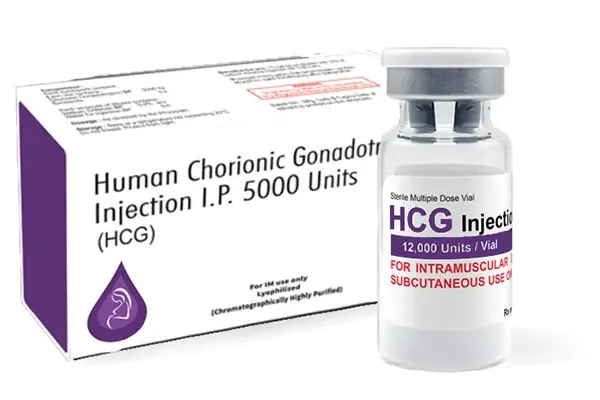
In the long-term narrative of TRT, HCG plays a crucial role in preserving fertility, maintaining testicular function, and ensuring hormone balance. Its ability to restore spermatogenesis and support testicular growth can be the key to fulfilling future fertility goals.
Navigating Side Effects and Safety Concerns
While HCG can harmonize the effects of TRT, it’s not without its potential side effects. Monitoring these and ensuring safety during therapy are like following the conductor’s cues, keeping the harmony of your health in check.
Aligning HCG Treatment with Your Health Goals
When testosterone replacement therapy trt and HCG are perfectly in sync, they can support not only hormonal balance but also broader health goals, such as hormone replacement therapy. Increasing muscle mass, reducing fat, and maintaining bone density are all potential benefits of this combined therapy.
Case Studies: Real-world Examples of HCG Schedules
Every patient’s journey with HCG is unique, and real-world examples can provide a score for others to follow. These individualized dosing schedules show the versatility of HCG in TRT protocols and its ability to meet specific therapeutic goals.
Summary
In the symphony of hormones that TRT and HCG conduct together, the right frequency, dosing, and administration techniques are critical for achieving a harmonious balance. Whether you’re looking to maintain fertility, increase muscle mass, or simply optimize your hormonal health, personalizing your HCG therapy is essential. With careful monitoring and a tailored approach, you can ensure that your TRT regimen hits all the right notes.
Frequently Asked Questions
Most experts recommend injecting hCG three times per week, while the dosage often ranges from 1,000 to 4,000 units and is given into a muscle two to three times a week. This helps stimulate testosterone production and increase sperm production.
It can take around eight weeks of hCG treatment for testicular size to increase, with continued growth observed up to 24 weeks after treatment.
You should take TRT twice a week for sustained levels over 3 weeks, as injecting weekly or every other day may fall short in practice. Adjusting the frequency based on your specific needs and response to treatment is important.
HCG acts as a substitute for luteinizing hormone, helping to maintain intratesticular testosterone levels and prevent testicular shrinkage during TRT. This allows for a more effective testosterone replacement therapy.
Yes, HCG injections can have side effects such as acne, mood changes, and facial hair growth, so it’s important to consult with a healthcare professional to monitor and manage these potential effects.
